Green transformation for sustainable export
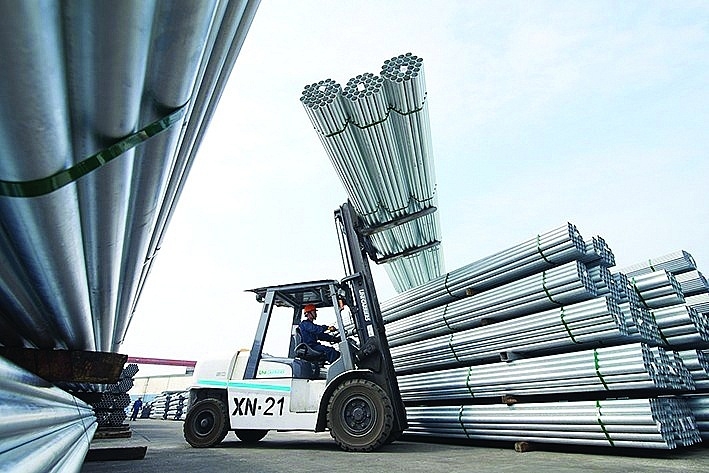 |
| Steel is one of the industries heavily impacted by the green transition |
Irreversible trends
As one of Vietnam's key export markets, the EU is strongly shifting towards green and clean consumption, demanding compliance with requirements for plant quarantine inspections, rules for traceability, environmental protection standards, food safety and packaging, and transportation procedures.
After three years of implementing the EU-Vietnam Free Trade Agreement (the EVFTA), Vietnam has exported goods to the EU with a value of nearly US$128 billion. However, since mid-2023 onwards, these advantages have faced many challenges as businesses must meet the strict green and sustainable standards of the EU.
Drawing from years of experience accompanying businesses in meeting green standards, Clement Graf, Global Director of the Switzerland Import Promotion Program (Sippo), noted that one of the new regulations in the EU that businesses needed to pay attention to was the Corporate Sustainability Reporting Directive (CSRD), which would be implemented from 2024 to 2028. This is one of the solutions for the EU to realize its 2050 carbon neutrality goal; by 2030, reduce greenhouse gas emissions by 55% compared to 1990.
About 50,000 EU businesses will be affected by this regulation. With this requirement, importers and producers in the EU must take responsibility for activities in the value chain. This indirectly requires importers to be more acquainted with their suppliers, invest in and build reliable relationships with them.
Assessing the impacts of the green transition trend on international trade exports in the context of implementing the Carbon Border Adjustment Mechanism (CBAM), Nguyen Phuong Nam, an international evaluator for the United Nations Framework Convention on Climate Change (UNFCCC), believed that the goal of the CBAM was to address challenges related to the EU's "carbon leakage"; resolve challenges related to disadvantages in the competitiveness of some industries in the EU, and ensure the EU's net emissions reduction target is not compromised.
In the transition period (from October 2023 to December 2025), six industries in Vietnam will be affected by the CBAM, with the most significant impact on steel, cement, fertilizer, and aluminum. According to policy design, in the implementation phase (2026-2030), the free allocation will gradually be phased out, and by 2034, full operation will be in effect. Essentially, some of Vietnam's crucial export industries will be influenced by the CBAM both in the short and long term. Importantly, not only the EU but other countries, such as the US and Canada, have implemented or will implement green regulations in import and export.
Proactively adapting to the new "game"
Regarding mechanisms and policies to promote green industry and trade in Vietnam, Assoc. Prof. Dr. Nguyen Dinh Tho, Director of the Institute for Strategy, Resources and Environment Policy, Ministry of Natural Resources and Environment, said that Vietnam aimed to form a sustainable production and consumption system; use resources, raw materials, and recycled materials efficiently; minimize environmental waste; promote the regeneration of nature based on the selection and application of common and appropriate circular economic models; efficiently exploit the innovation and creativity potential of the business community and people to promote the application of circular economy, create culture in production, business, and consumption, moving towards forming a society material circulation. The goal by 2030 is to use resources and materials efficiently, develop renewable energy, extend the life cycle of products, and limit emissions that negatively impact the environment.
Steel is one of the industries heavily impacted by the green transition. Dinh Quoc Thai, Vice Chairman and Secretary-General of the Vietnam Steel Association, said that steel was still a basic material in the world, and Vietnam is a developing country with increasing demand for infrastructure steel. However, in the context of the growing demand for green development, which is an inevitable trend, the steel industry faces significant challenges. In response to this demand, the steel industry has outlined a production technology direction, which is to improve energy consumption, reduce greenhouse gas emissions for blast furnaces; by 2035, blast furnaces will use new technology and research and apply the CCS technology. For electric furnace technology, after improvement by 2025, optimal emission levels will be achieved; and by 2035, gradually use green energy such as renewable electricity.
Making green steel is a long road, requiring resources in terms of finance, technology, as well as the proactive participation of businesses, especially when regulations on carbon emissions reduction are still new. Therefore, Thai proposed that functional agencies, ministries, and sectors continue to lead the latest technology research and have mechanisms to facilitate the steel industry in implementing the green conversion policy.
The textile and garment industry has also been early affected by the "green living" trend and the use of green products in the market. Vu Duc Giang, Chairman of the Vietnam Textile and Apparel Association, said that for the past five years, the Vietnamese textile and garment industry has faced many pressures from markets with requirements for green, sustainable development, emissions, wastewater, workplace environment, and issues related to safety certificates in textile and apparel products. Among them, the European market imposed the strictest requirements, followed by the US market. These are the two largest markets for the Vietnamese textile and garment industry today.
Than Duc Viet, General Director of May 10, said that in 2024, the market is predicted to still face many difficulties and challenges. Particularly, major importing countries in the textile and garment industry such as the EU and the US will apply strict mechanisms such as the Extended Producer Responsibility (EPR) mechanism; the CBAM; the OECD's supply chain scrutiny directive of the EU; and Germany's supply chain audit law. Simultaneously, brands are gradually shifting towards the strategy of "sustainable fashion" instead of "fast fashion".
To properly cope with green standards in imports and exports, Nam recommended that businesses diversify their trading partners; assess risks and plan scenarios; develop a carbon reduction strategy; participate in carbon offset projects; assess the degree of carbon saturation; and invest in innovation and technology and participate in industry cooperation initiatives.
Related News
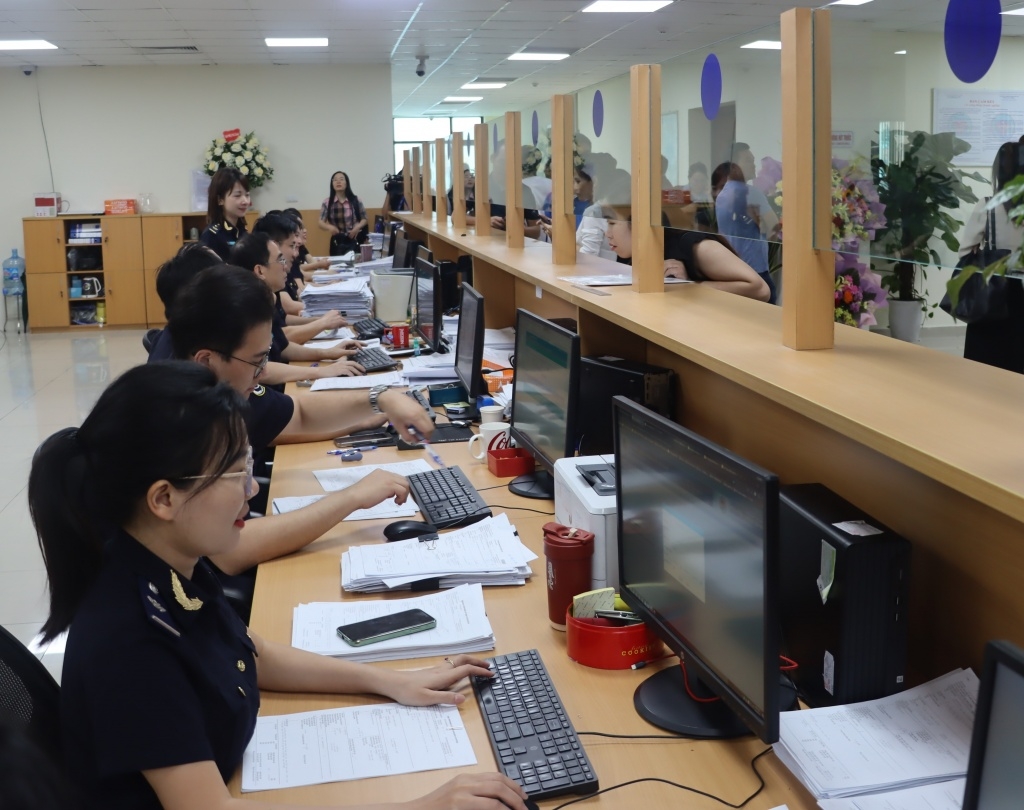
Hai Phong Customs’ revenue rises about VND 1,000 billion
14:52 | 14/02/2025 Customs
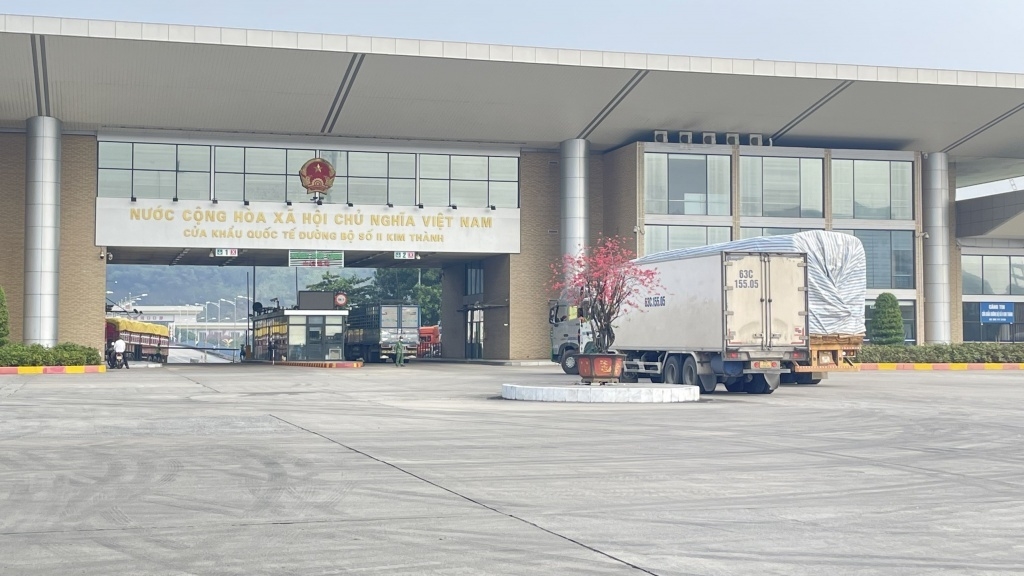
Import and export turnover reaches about US$29 billion in the second half of January 2025
14:52 | 14/02/2025 Import-Export
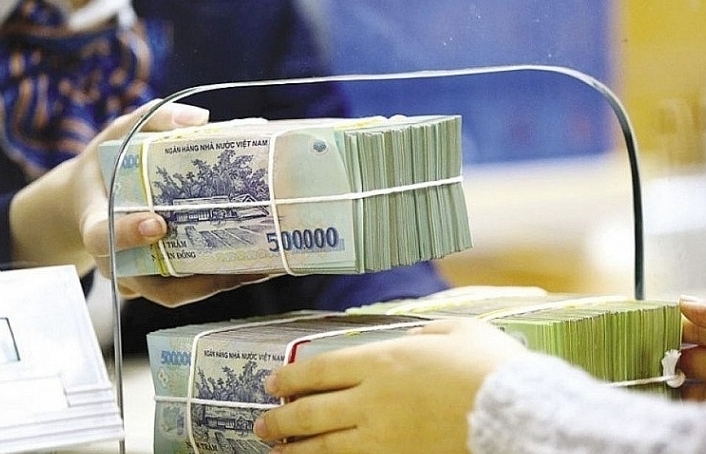
State revenue in first month of the year equal to 14% of the estimate
10:12 | 11/02/2025 Finance

Hai Phong Customs processes more than 1,500 declarations during 2025 Lunar New Year holiday
14:09 | 05/02/2025 Customs
Latest News

Embracing green exports: a pathway to enter global supply chains
10:33 | 20/02/2025 Import-Export
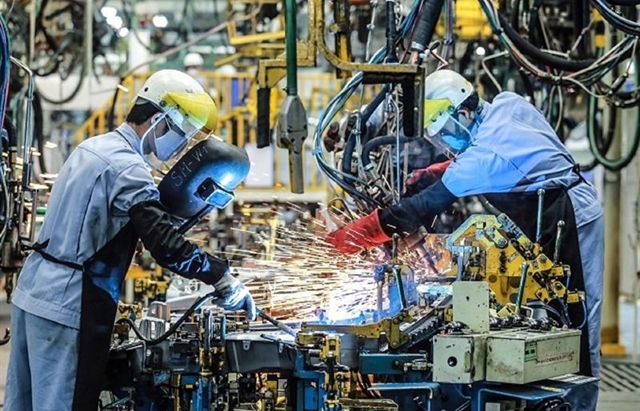
New policy proposed to prevent transfer pricing, tax evasion of FDI enterprises
10:32 | 20/02/2025 Import-Export

Việt Nam’s durian exports to China plummet by 80%
16:18 | 19/02/2025 Import-Export
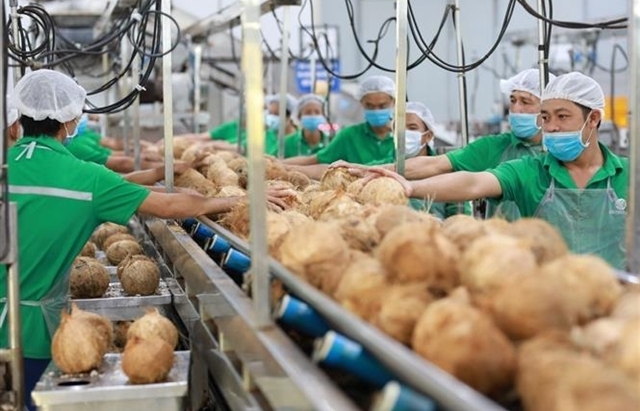
Coconut exports reach 14-year high
15:29 | 18/02/2025 Import-Export
More News

Shrimp exports grow in the first month of 2025
15:28 | 18/02/2025 Import-Export
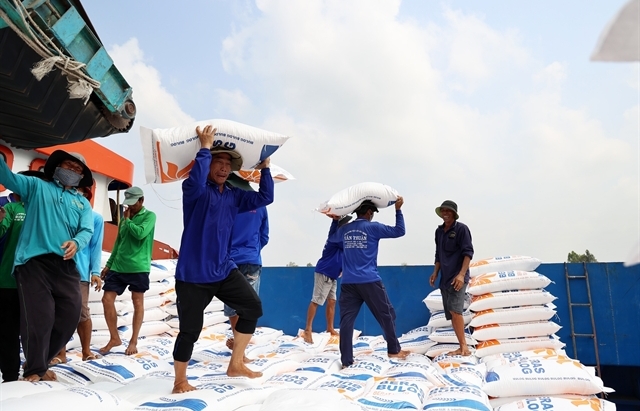
Rice export prices drop, but decline expected to be short-term
08:10 | 17/02/2025 Import-Export

Key agro products expected to maintain export growth this year
08:08 | 17/02/2025 Import-Export
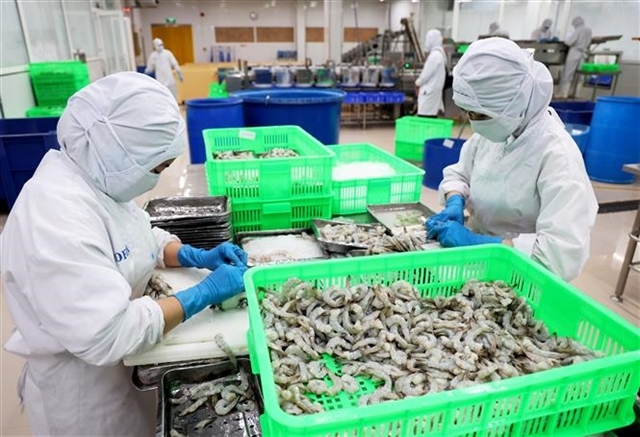
EU issues 12 warnings against Việt Nam’s food and agricultural exports
08:07 | 17/02/2025 Import-Export
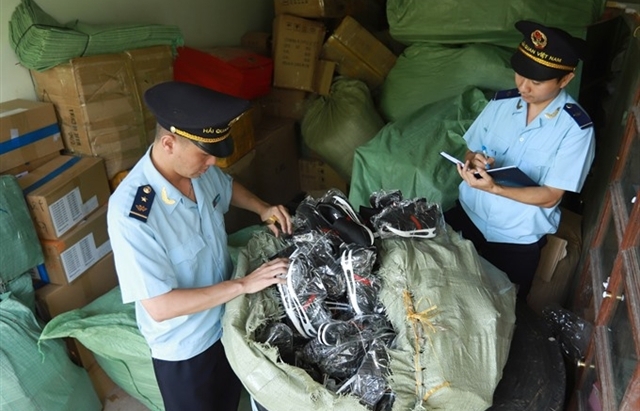
Việt Nam to impose VAT on low-value express-imported goods
08:06 | 17/02/2025 Import-Export

Exchange rate risks need attention in near future
16:31 | 15/02/2025 Import-Export
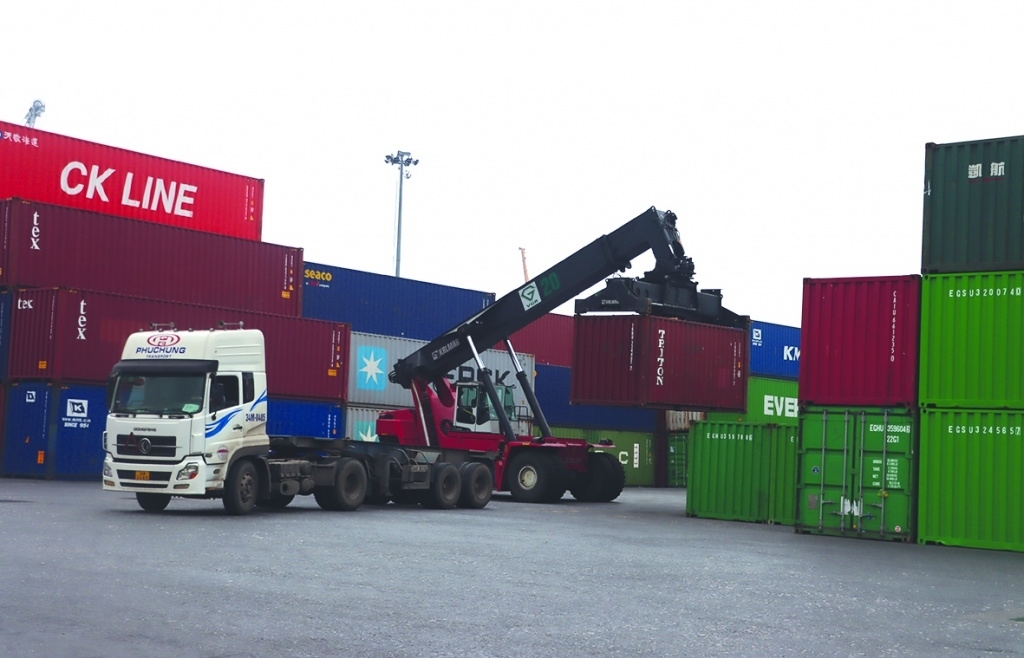
Vietnam kicked off the year with a strong start in trade, exceeding US$63 billion in the first month
16:30 | 15/02/2025 Import-Export

Market edges up slightly as liquidity remains low
14:48 | 14/02/2025 Import-Export

Business regulations must be trimmed for development of enterprises: Experts
14:46 | 14/02/2025 Import-Export
Your care
The system has not recorded your reading habits.
Please Login/Register so that the system can provide articles according to your reading needs.

Embracing green exports: a pathway to enter global supply chains
10:33 | 20/02/2025 Import-Export

New policy proposed to prevent transfer pricing, tax evasion of FDI enterprises
10:32 | 20/02/2025 Import-Export
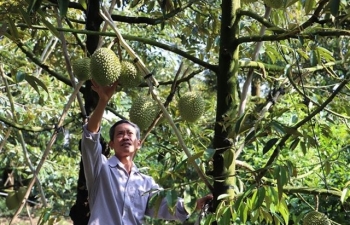
Việt Nam’s durian exports to China plummet by 80%
16:18 | 19/02/2025 Import-Export

Coconut exports reach 14-year high
15:29 | 18/02/2025 Import-Export
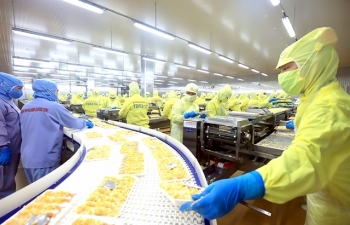
Shrimp exports grow in the first month of 2025
15:28 | 18/02/2025 Import-Export
